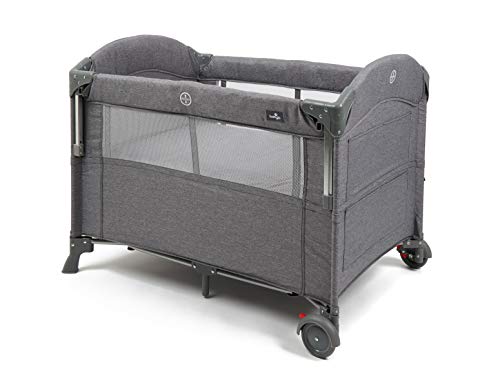How to Choose a Sale Cot
Mortuary Cots are a vital piece of equipment used in funeral hospitals and funeral homes. They permit staff to safely and securely transport bodies. They provide a dignified, comfortable resting area for an individual.

COTS products play an important role in the federal marketplace, but they can be difficult to manage. This blog will explain how COTS items are incorporated into GSA schedules and other government procurement regulations.
Cost-effectiveness
The use of commercial-off-the-shelf (COTS) products allows procurement agencies to gain efficiencies by purchasing items that are readily available from the marketplace. This saves development time and cuts down on the cost of life. It allows procurement agencies to take advantage of the latest technology advancements and experience in the field.
It is important to be aware that COT definitions can be subjective, and that different organizations may interpret COTS items in a different way. This could be a problem for a company that is relying on a consistent method to calculate government prices accurately. For example, wholesalers and GPOs often have an inventory of COT items that do not align with the list used by manufacturers to determine government prices. A documented SOP, as well as a COTS Reference Library are essential elements to apply an efficient and uniform method of assigning COTs.
Reliability
A sale cot is a vital purchase for mortuary services. It should be reliable and sturdy enough to withstand the rigors of heavy use. It should be simple to transport and set up. The manufacturer should offer excellent support for customers in the event of any after-sales issues. Consider the feedback of your employees before making a decision. They are the ones who use the cots and can confirm if it's sturdy and reliable.
Wholesalers and GPOs often assign COT codes that do not coincide with the manufacturer's list. This is due to a variety of factors, including the changing of business models, mergers and acquisition activity. This makes it difficult to apply a subjective perspective consistently when assessing COTS.
Durability
Durability is essential for sale cots because they need to be able endure the rigors of frequent use and transportation. Many funeral homes use these cots to display the body remains, and they have to be able to withstand the weight of the casket and other items that are placed on top of them. Cots must also be protected against corrosion and possess an easy-to-assemble, stable structure. It is also important to select a vendor that provides customer support and is able to assist with any issues that might arise following the purchase.
Solid wood cots are a great option for furniture for babies since they're strong enough to last and less likely to be contaminated with harmful chemicals or toxic off-gassing, unlike composite materials such as MDF or chipboard. Additionally, they're much more attractive than the cheaper alternatives.
If you're looking for a cot which can double as a lounger, the Westport design by Silver Cross might be the perfect choice for you. It's constructed from a durable material and comes with three different height levels for growing babies. The instructions aren't always clear but the crib is worth it once you understand them.
The Helinox Cot One may be the tiniest cot, however it's not as durable as the other models we've tested. It also contains a lot of components which means it is more difficult to put together than other cots. However, best rated cribs 's very comfortable and is a good choice for backpackers. It's also 14 oz lighter than the Thermarest Luxury Lite and Sleep Rite.
Safety
If you offer cots, it is important that they comply with the safety standards. This is an essential step to prevent injuries to children and deaths. The best method to accomplish this is by confirming with your supplier that their products have been tested independently. Request your supplier to send you a copy of their test results. You can also arrange your own test.
No matter if you're buying new or used it's crucial to make sure the safety of your cot prior to sleeping your baby in it. Check for a certificate of compliance from the manufacturer, as well as explicit labels and warnings. It should also be free from any sharp edges, protrusions or gaps that could trap the child's foot or finger. There should be no footholds that children can use to get out of the cot.
Verify that the mattress of a crib is clean and flat. It should be able to fit comfortably and without gaps. The bottom edge of the rail shouldn't be higher than 30mm from the bottom of the mattress. If the cot's base is adjustable, make sure it is set to its lowest position.
In addition, check that the slats and filler bars are securely fixed and don't have tiny holes that could trap clothing. Bolts, nuts, and corner posts shouldn't be more than 5mm from the ground to prevent children from getting their fingers caught. Make sure that the cot isn't in close proximity to drapes or blinds that are loose and could easily be snatched by small hands.
Find an indication on the label that indicates that the cot has passed mandatory tests and is compliant with Australian Standards AS/NZS2172:2003 Cots intended for household use - safety requirements. This is the only way to ensure that the cot you are purchasing is safe and suitable for sleep. It is illegal for antique stores, retailers and second-hand shops to sell antique cots without labels or certificates.
While the majority of designers and manufacturers are diligent in ensuring that their products are safe, accidents may occur. Older cots that have been used by children of other ages might not be up to current safety standards, and they can be a risk of suffocation, foreign body ingestion or strangulation.
